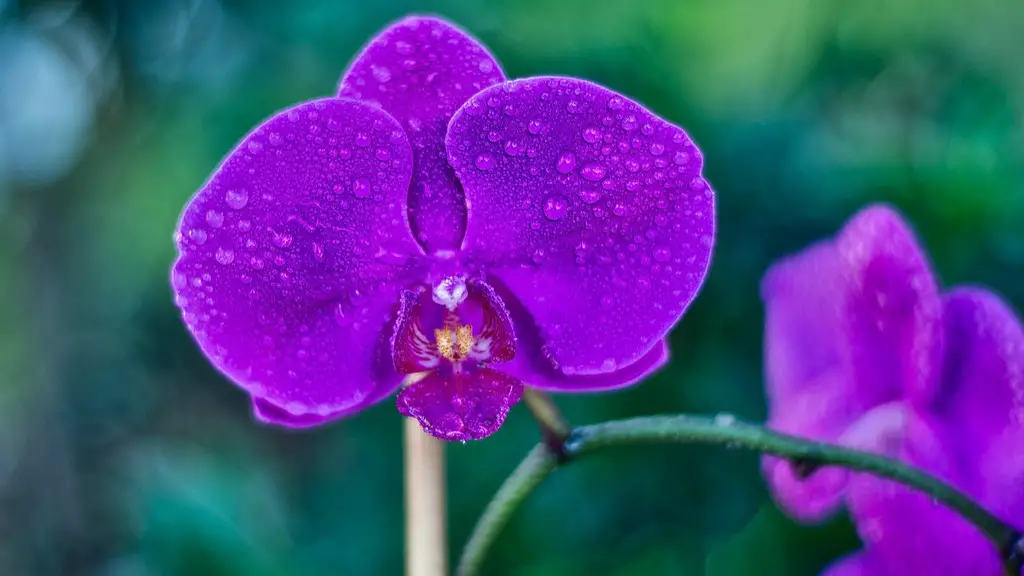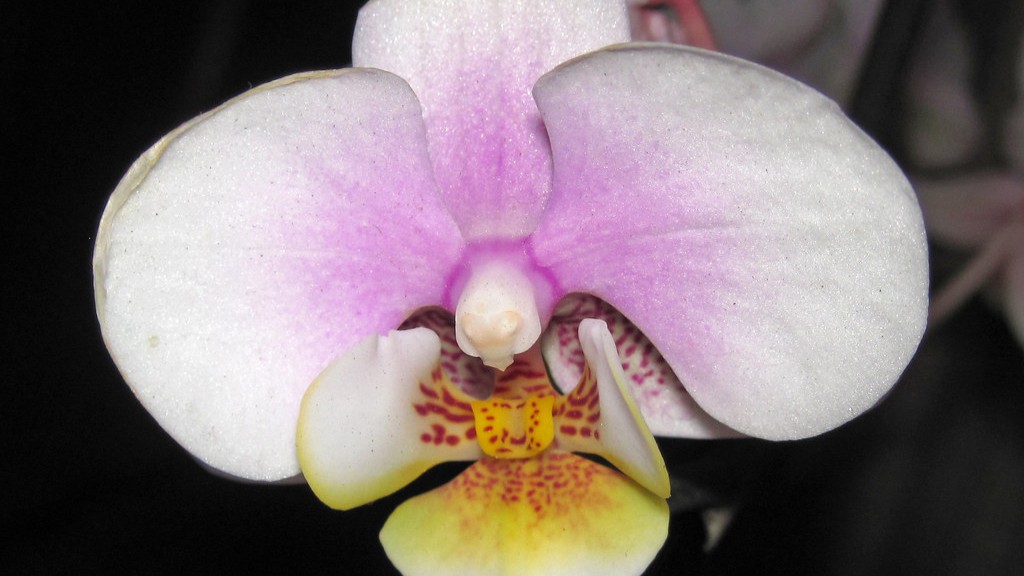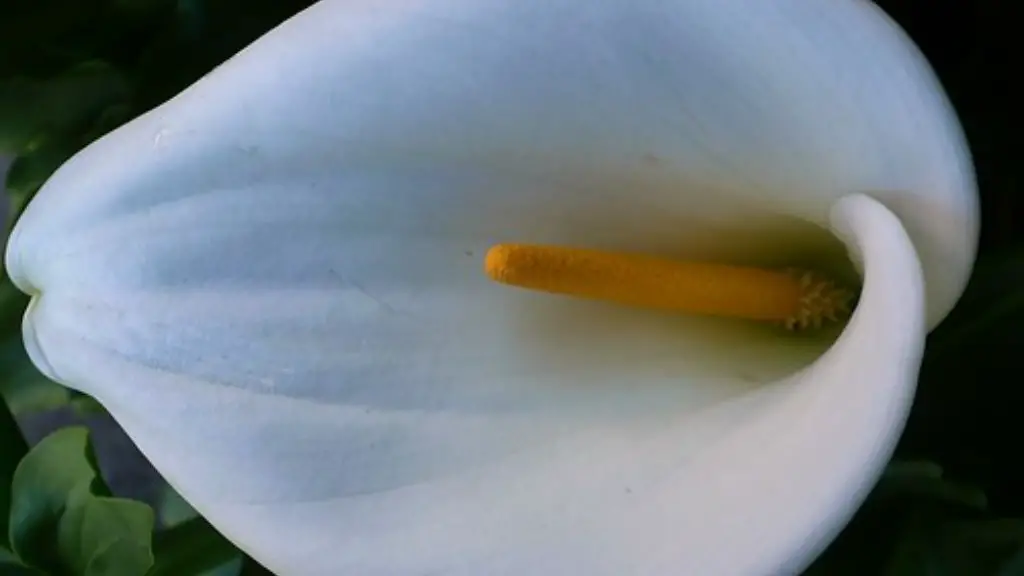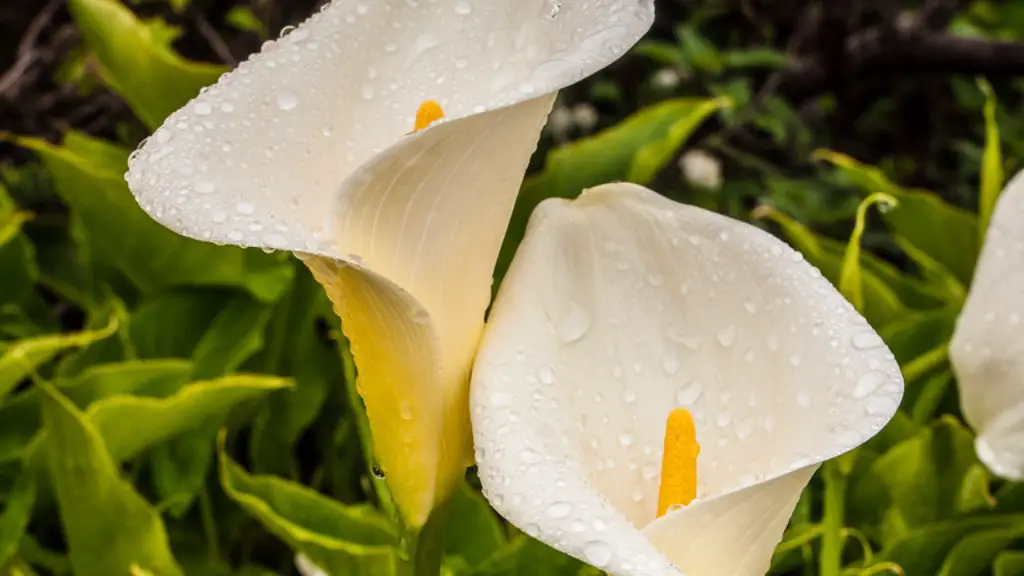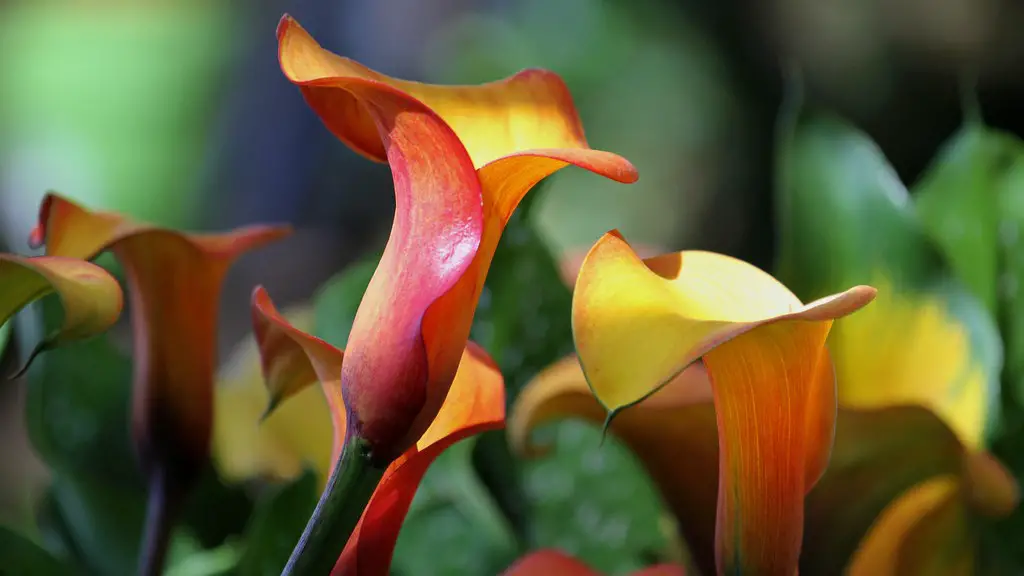Phalaenopsis orchids, also known as moth orchids, are one of the most popular types of orchids. They are easy to care for and have beautiful flowers that come in a variety of colors. If you have a Phalaenopsis orchid that is not doing well, you may need to transplant it. Transplanting an orchid is not difficult, but it is important to do it carefully so that you do not damage the roots. Follow these steps to transplant your Phalaenopsis orchid.
It’s easy to transplant Phalaenopsis orchids! Just follow these steps:
1. Water the orchid the day before you plan to transplant it. This will help to hydrate the plant and make it easier to handle.
2. Gently remove the orchid from its current pot. Be careful not to damage the roots.
3. Choose a new pot that is only slightly larger than the current one. If the pot is too large, the plant will have difficulty adjusting to its new environment.
4. Place the orchid in the new pot and fill the pot with fresh potting mix.
5. Water the orchid well and place it in a location with bright, indirect light.
6. Transplanting an orchid is a stressful experience for the plant, so it’s important to give it time to adjust to its new surroundings. Water it when the potting mix is dry and don’t fertilize it for at least six weeks.
When should I transplant orchid Phalaenopsis?
It’s best to repot Phalaenopsis orchids in either the spring or the fall, especially if you take them outdoors for the summer. If your plant hasn’t bloomed in a few years, Phalaenopsis orchid repotting is best performed in the spring. This will give the plant a chance to adjust to its new environment and start the growing season off on the right foot.
If you’re looking to grow healthy and vibrant Phalaenopsis orchids, Texas A&M University botanists recommend using a potting mix that is 80% fir bark and 20% coarse sphagnum peat. This combination provides the perfect balance of drainage and moisture retention, allowing the roots to stay healthy and the flowers to flourish.
How do you repot a Phalaenopsis plant
Phalaenopsis orchids are typically repotted after they have finished flowering. This allows the plant to put its energy into new growth, rather than into flowers. Repotting also provides an opportunity to check the roots for damage and to refresh the potting mix.
Air plants are a popular type of plant that can be grown indoors or outdoors. They are easy to care for and require little maintenance. However, there are a few things that you should know about air plants before you start growing them. Here are 10 things nobody tells you about air plants:
1. Air plants need bright, indirect sunlight.
2. Air plants need to be misted or soaked in water every few days.
3. Air plants need good air circulation.
4. Air plants are susceptible to pests and diseases.
5. Air plants need to be fertilized monthly.
6. Air plants can be propagated from offsets or seeds.
7. Air plants can be grown in a variety of containers.
8. Air plants can be used in a variety of decorating projects.
9. Air plants can be a great gift for plant lovers.
10. Air plants are a fun and easy plant to grow.
Can I repot an orchid in regular potting soil?
If you want to pot your orchid in soil, you’ll need to use a special type of soil that is light and airy. This type of soil will allow the roots to breathe and will support the plant’s delicate root system. You can find this type of soil at most garden centers or online.
Cinnamon and sulfur are both effective disinfectants that can be used to dust the roots of an orchid after they are cut. Soaking the orchid in water for a half hour or so before cutting the roots will help to loosen the potting medium and make the roots more flexible.
Are coffee grounds good for Phalaenopsis orchids?
Coffee grounds are an excellent fertilizer, especially for orchids and African violets. This is because coffee grounds contain a lot of nitrogen, which is essential for plant growth. Also, coffee grounds can help to improve drainage and aeration in the soil.
Orchids prefer shallower, squat pots for a few reasons. Their roots don’t like all the moisture retained in deep pots, and they don’t need the depth anyway as their roots spread out, not down. This allows the roots to get the air they need, while still having enough moisture to stay healthy.
Can you use Miracle Gro potting mix for orchids
The Coarse Blend Miracle-Gro Orchid Potting Mix has been a great addition to my collection of orchids. The quality of the substrate is top notch and it has performed well beyond my expectations. The mix is perfect for repotting and is packed with the product, giving me the peace of mind that my orchids are getting the best possible care.
Orchids are a type of plant that are known to produce aerial roots. These roots are often seen growing out of the pot and onto the surface of the soil. Some orchid pros think that a perlite/peat mix is less likely to produce aerial roots than bark. Either way, don’t cover the roots because they may rot.
How long does it take for orchid to recover after repotting?
If you’ve just repotted your orchid, it’s important to give it some time to adjust to its new environment. For the first few weeks, try to place it in an area with slightly less light than it’s used to. This will help reduce the stress of repotting and give your orchid a chance to thrive in its new home.
It’s best to repot orchids once a year, right after they finish flowering or when new growth appears. This gives them the chance to get used to their new pot and soil and start growing again.
What is the best soil to transplant orchids
Orchid potting materials play an important role in the growth and development of orchids. The most commonly used orchid potting materials in the US are orchid bark and sphagnum moss. These materials are generally mixed with a number of other ingredients to provide the necessary support and nutrition for the plant.
Orchids are beautiful flowers that can grow without soil. They need a small amount of soil to germinate, but as they mature they need less and less soil. In their native habitat, orchids are air plants. This means they root in very little soil, often on tree limbs, and get most of what they need from the air.
What kind of pots are best for orchids?
Plastic or terra-cotta grow pots are the best type of pots to use for growing orchids. They must have drainage holes or slits in the container to ensure your plant doesn’t get soggy, wet feet.
These roots will most probably die out if they are not well taken care of. They can also rot, which is again not a good thing because it can lead to other problems.
Should I water my orchid right after repotting
After repotting your orchid, water it thoroughly and fertilize it with Better-Gro Better-Bloom Orchid Fertilizer. This fertilizer is high in phosphorus and will stimulate root growth. For the first couple of weeks after repotting, water your orchid every other day and fertilize it once a week.
If you find that some of the roots on your orchid are not healthy, you should remove them before repotting the plant. With your sanitized shears, trim dead roots about an inch above the point where they have begun to die.
Conclusion
To transplant your phalaenopsis orchid, first choose a pot that is about two inches larger in diameter than the pot your orchid is currently in. Next, fill the new pot with a potting mix that is designed for orchids and has good drainage. Once you have transplanted your orchid, water it thoroughly and place it in an area with bright, indirect light.
Phalaenopsis orchids are best transplanted in the spring or early summer when they are actively growing. Before transplanting, water the orchid well so that the roots are moist. Gently remove the orchid from its current pot and shake off any excess dirt. Place the orchid in its new pot and fill in around the roots with fresh potting mix. Water the orchid well and then place it in a bright, indirect light.
